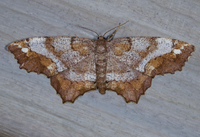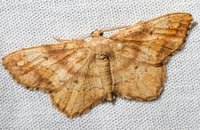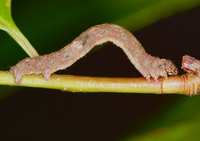
| Recorded by: Dean Furbish and Joy Wiggins on 2025-09-11
Wake Co.
Comment: | 
| Recorded by: Dean Furbish and Joy Wiggins on 2025-09-11
Wake Co.
Comment: |
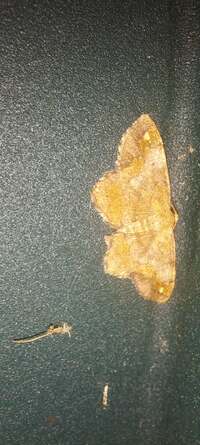
| Recorded by: Allison Garton on 2025-09-10
Moore Co.
Comment: | 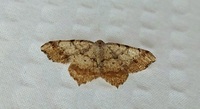
| Recorded by: Mark Basinger on 2025-09-09
Wilson Co.
Comment: |

| Recorded by: Marilyn Westphal on 2025-09-07
Henderson Co.
Comment: | 
| Recorded by: Jim Petranka, Becky Elkin and Marilyn Westphal. on 2025-09-05
Henderson Co.
Comment: |

| Recorded by: Mark Basinger on 2025-08-31
Rowan Co.
Comment: | 
| Recorded by: Michael P. Morales on 2025-08-29
Cumberland Co.
Comment: |

| Recorded by: Jim Petranka, Becky Elkin, Marilyn Westphal, Nora Murdock on 2025-08-25
Rutherford Co.
Comment: | 
| Recorded by: Jim Petranka, Marilyn Westphal and Becky Elkin. on 2025-08-17
Henderson Co.
Comment: |
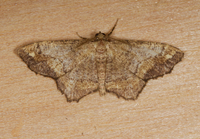
| Recorded by: Jim Petranka, Marilyn Westphal and Becky Elkin on 2025-08-17
Henderson Co.
Comment: | 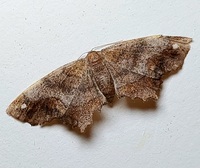
| Recorded by: Mark Basinger on 2025-08-10
Ashe Co.
Comment: |

| Recorded by: Mark Basinger on 2025-08-09
Ashe Co.
Comment: | 
| Recorded by: Jim Petranka, Becky Elkin and Marilyn Westphal. on 2025-08-09
Henderson Co.
Comment: |

| Recorded by: Jim Petranka and Becky Elkin on 2025-07-26
Madison Co.
Comment: | 
| Recorded by: Mark Basinger on 2025-07-13
Rowan Co.
Comment: |
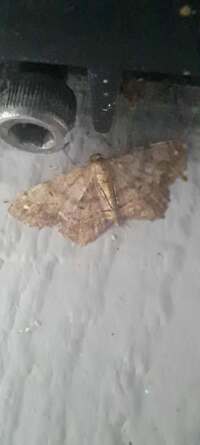
| Recorded by: Allison Garton on 2025-06-30
Moore Co.
Comment: | 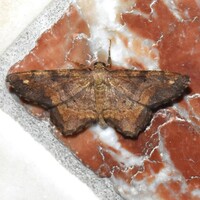
| Recorded by: Jeff Niznik on 2025-06-29
Orange Co.
Comment: |
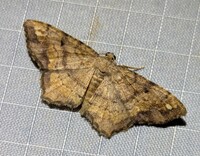
| Recorded by: Melody McMichael on 2025-06-26
Forsyth Co.
Comment: | 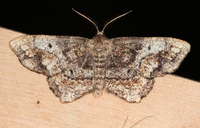
| Recorded by: Jim Petranka, Mark Basinger and Becky Elkin on 2025-06-25
Mitchell Co.
Comment: |
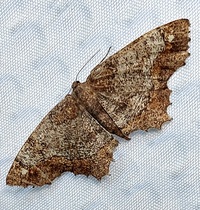
| Recorded by: Mark Basinger on 2025-06-23
Buncombe Co.
Comment: | 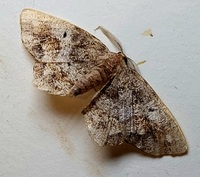
| Recorded by: Mark Basinger on 2025-06-23
Buncombe Co.
Comment: |
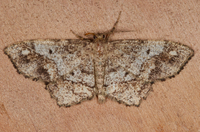
| Recorded by: Jim Petranka and Mark Basinger on 2025-06-23
Buncombe Co.
Comment: | 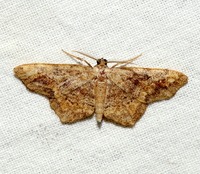
| Recorded by: Jeff Niznik, David George, Larry Chen, Sarah Toner, Joye Zhou on 2025-06-20
Richmond Co.
Comment: |
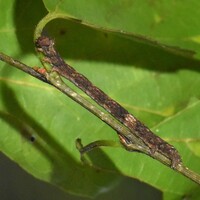
| Recorded by: Jeff Niznik on 2025-06-13
Orange Co.
Comment: | 
| Recorded by: Mark Basinger on 2025-06-12
Wilson Co.
Comment: |
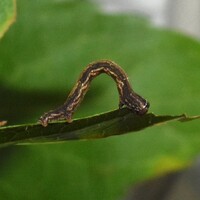
| Recorded by: Jeff Niznik on 2025-06-05
Orange Co.
Comment: | 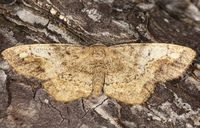
| Recorded by: John Petranka, Jim Petranka and Becky Elkin on 2025-05-09
Cumberland Co.
Comment: |

| Recorded by: Jeff Niznik, David George on 2025-05-09
Cumberland Co.
Comment: | 
| Recorded by: Mark Basinger on 2025-05-08
Wilson Co.
Comment: |
|

 »
»